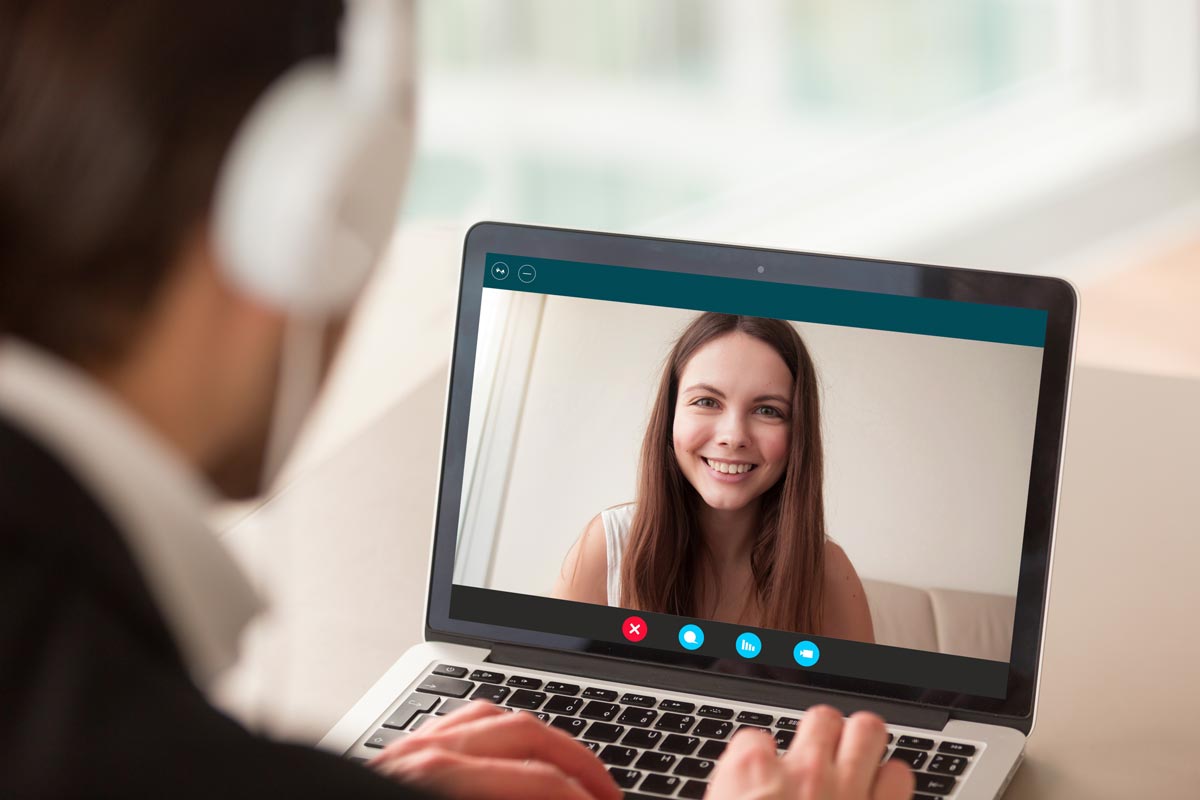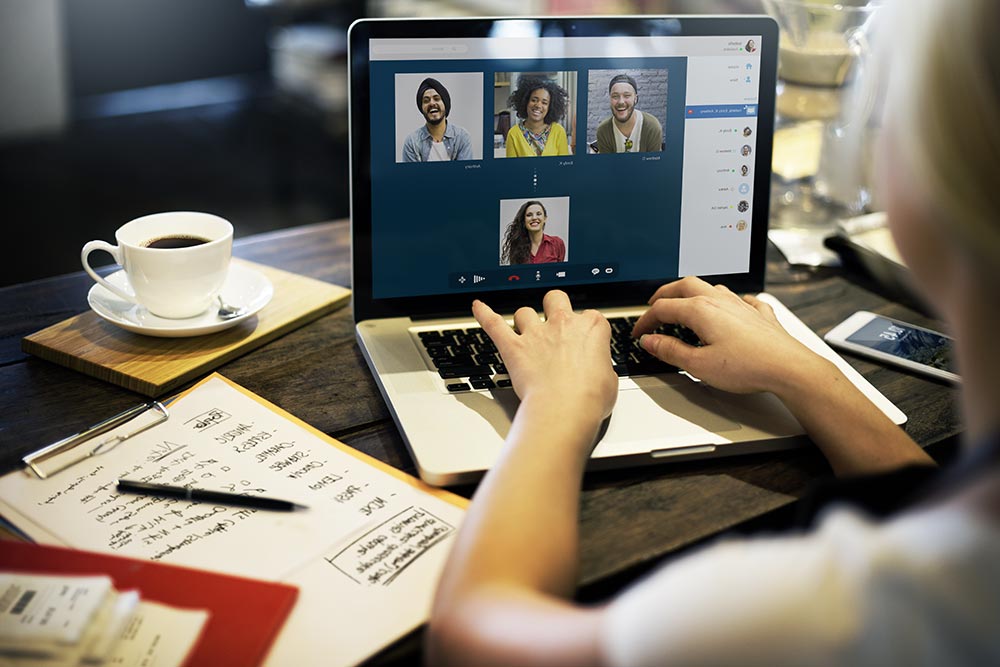New Approaches to Recovery Using Technology

As technology advances, recovery treatment has been doing so as well. New technology, ranging from medical devices to communication facilitation helps people to seek treatment, stay in touch, and get the help they really need when they need it. While modern rehab facilities have come a long way to bridging the gap to provide personalized care, around the clock support, and full follow-up treatment with behavioral therapy and group therapy, many people still need further support, especially when they seek outpatient treatment. New technologies fill these gaps, helping recovering patients to find motivation, accountability, and support, no matter where they are.
Recovery Apps
Most people know apps as games, social media accounts, and possibly financial solutions like banking apps, but an increasing number of apps center around supporting addiction recovery. While no app is enough to help a person with a substance use disorder to recover on their own, they do offer motivation, help users to track their substance intake and free days, to call for help or support, and to get safety and health information when using and when abstaining.
For example, most Alcoholics Anonymous attendees can now seek Big Book and other AA information on apps like AA Big Book (Free), 24 Hours a Day, 12 Step AA, and Came to Believe in Sobriety. These apps are either based directly on AA teachings or the books and goals of AA. Some, like Came to Believe, function as a sober journal, with daily check-ins, reminders, and sharing goals with your AA group or sponsor.
Other group therapies, like SMART Recovery, also have apps. The Smart Recovery Cost-Benefit Analysis functions to help you approach addictive behaviors logically by examining the cost and benefit of any action you choose to examine.
Many apps are also free of affiliation. WeConnect allows you to check into group therapy, create reminders, set routines, offers journaling, and an SOS button in case you need live support or to talk to a member of your group. SoberTool is another free app offering motivation and reminders, as well as milestones and rewards. Unlike many other tools, SoberTool offers in-application programs designed to help you work through triggers. Sober Grid and Squirrel recovery were among the first options on the market, and both are free.
While already numerous, the FDA only approved mobile applications to be marketed towards substance abuse recovery in 2017. The market is relatively new and is likely to expand rapidly.
Importantly, not all apps helping substance abusers to recover from addiction are built solely for that purpose. Meditation and mindfulness apps like Headspace and Simple Habit are increasingly popular, as are various nutrition and health apps aimed at those who want to improve their general health.
Video Meetings and Counseling
While video meetings and counseling often tie into apps, many counselors, recovery centers, and sobriety groups now use video and VOIP software to offer video meetings. Users can log on at any time to participate in group therapy from their home.
Similarly, some counselors and therapists will offer counseling sessions via Skype or a similar web-based program. More often, they will utilize a more secure platform to avoid potential HIPAA violations.
In either case, this gives recovering patients more access to counselors and therapists. In some cases, this also includes emergency calls and meetings to help early recovery patients and outpatients to get immediate help when facing triggers or cravings. However, availability and accessibility will vary a great deal depending on the therapy you've chosen, your rehab facility, and your access to quality WIFI or mobile internet.
Medical Assistance Programs
Some recovery programs have integrated computer programs including self-reporting and computer-assisted behavioral therapy programs since 2013. While still not common, studies show that they can be greatly beneficial in increasing the quality of reported data, creating continuity in treatment even after rehab programs are over, and reducing total costs for recovering patients, who can check in, report, and interact with therapists and psychologists without the huge cost of doing so in person.
In other cases, these programs are being taken a step further, beyond offering self-check-in and monitoring with training to actual monitoring. New biosensors and technology allow programs to monitor blood glucose, track total activity, and track proper nutrition for recovery.
In some instances, fitness wristbands can help counselors to track recovery through food, activity periods, and average blood pressure. Existing sensors like the ETG sensor work to detect ethyl excretion, a sign that the wearer has been drinking. PALA-Linq is a wristband that connects wearers to their group support and therapy, so they can get instant help when facing cravings or triggers.
Other technologies that are not yet fully realized actively detect drug injection by factors such as reduced movement, increased or decreased temperature, and changed in heart rate or blood pressure. This is just one of several similar devices in testing, as the University of Massachusetts is working on the E4 Empatica, the National Institute on Drug Abuse is working on the AutoSense, and the Zephyr Bodysensor wraps around the chest to monitor the heart rate for signs of changes related to drug use. Others include implants like the Probuphine, which passed stage 3 of FDA testing in 2016 and, if approved for commercial use, would implant like a birth control chip, using slow-controlled doses of buprenorphine to reduce cravings and lower the risk of relapse.
Virtual Reality
While virtual reality is a relatively new commercial technology, it is already being tested in multiple medical applications including recovery and addiction treatment.
For example, at the University of Houston, researchers are testing the feasibility of using VR to walk recovering addicts through realistic scenarios that would expose them to triggers to work on training proper responses and building resistance. A similar study in 2016 proved successful in South Korea.
Today, technology is moving faster than ever. Even in traditional therapy, you can now make use of wearable heart-rate sensors and other biomonitors to track your health and ensure immediate support in case detox becomes dangerous. Video and chat tools give many people immediate access to support and help, either from a group or a counselor. And new technologies provide more accountability and more motivation to stay clean and sober, during treatment and after.
If you or a loved one is addicted to a substance, help is available. Even without technologies like apps and sensors, addiction treatment works. Drug and alcohol detox will help you to withdraw from a substance without putting your body at risk and may involve prescription medication to ease withdrawal symptoms, so you can move on quickly and safely. Modern therapy often focuses on not just addiction as a problem, but addiction as a symptom, helping you to recognize and solve the mental health and behavioral problems behind susceptibility to alcohol or drug abuse. And, follow up support and counseling including through apps and social media gives you the support and regular motivation and feedback to stay clean and sober.
Technology helps many to take new approaches to making recovery more efficient and effective than ever before. If you're seeking help, it's important that you choose a facility that can offer modern and science-based programs. But, the most important thing is that you seek help so you can recover and get your life back. Please feel free to contact Anaheim Lighthouse today, a modern and effective addiction treatment center in Southern California.














